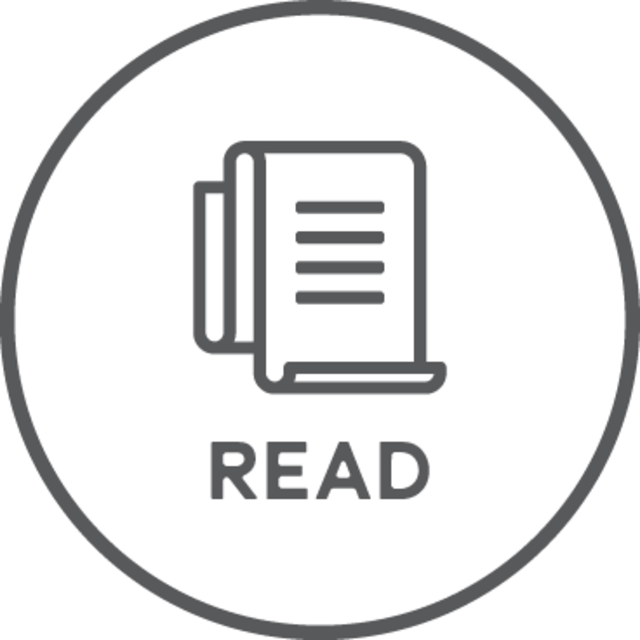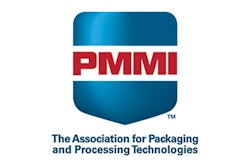In the 31 years since the Federal Trade Commission (FTC) first issued its Green Guides to regulate businesses’ environmental claims and labeling and to help eco-minded consumers make more informed product decisions, the packaging recovery, recycling, and reuse landscape has changed dramatically. Despite several revisions in 1996, 1998, and 2012 that aimed to keep pace, the Green Guides have struggled to keep up with the rapid innovations within packaging and recovery systems. One area of particular relevance is the lack of clear definitions for popular packaging attributes like recyclable, reusable, and compostable.
Although people often portray the Green Guides as de facto law on labeling and claims, to be clear, the guides are an administrative interpretation of the law; they lack the force and effect of law. They also do not pre-empt state law, so many states have either adapted or superseded the guidelines in different ways over the years. This has put companies working across multiple states at risk for legal action due to non-compliance for products sold at a national level. It’s also created widespread consumer confusion and mistrust in the recovery and recycling processes and is impeding efforts at all levels to ensure packaging is properly handled at its end of life.
Just this year we have seen more than 30 bills within different state legislatures containing various labeling requirements. Many of these bills conflict directly with guidance set forth in the Green Guides. Perhaps the best example of such conflict and consumer confusion is in state laws pertaining to the resin identification code (RIC) and chasing arrows triangle symbol frequently found on consumer packaging: At least 36 states have laws mandating the use of the codes, with the vast majority of those laws requiring it in combination with the “chasing arrows” triangle, despite the fact that the ASTM has called for a solid equilateral triangle around an RIC since 2013. A new California law that goes into full effect in 2025 will restrict the use of the chasing arrows in combination with the RIC when making recyclable claims. This means a company that sells products in California and in Indiana, for example, may have to create two different labels or packages (if the RIC is stamped) to comply with two different state laws.
Even if it did provide further definitions, the FTC Green Guides lack the legal jurisdiction to supersede state definitions/law, whereas federal definitions, enacted by Congress, could harmonize across all the states and federal agencies, including the Green Guides. AMERIPEN is urging a federal solution. Specifically, the industry and consumers need national, harmonized, and standardized definitions and marketing criteria. A federal law that clearly defines recycling, composting, and reuse to better reflect present market demands will provide certainty for industry and consumers as well as state and local governments. This harmonization will help support the Green Guides.
The current definitional vacuum complicates product labeling and depresses packaging recovery rates. Emerging state laws, such as in California, will force companies to either develop an alternative label to accommodate individual state regulations or give up on selling in that market altogether. Codifying new, well-reasoned definitions into federal law would help industry and communities better manage the packaging lifecycle by providing easily accessible information to consumers, thereby helping to ease the flow of discarded packaging materials to the most appropriate facilities for recycling and reuse.
AMERIPEN recommends that the FTC review and update the Green Guides every five years instead of once a decade—as policy now dictates—to better keep pace with the rapid rate of change and innovation in the industry. It also recommends that the Environmental Protection Agency (EPA) become more engaged in regulating end-of-life claims made by companies. Such claims are intrinsically tied to the lifecycle management of product packaging and the U.S. solid waste system, and the EPA could play a much more proactive role given the agency’s deep expertise on these issues.
AMERIPEN believes packaging has no place in landfills, in waterways, on roadsides, or in other places that degrade our environment and lifestyles. We must recover it to recycle and reuse it, and the federal government can play a transformative role in improving recovery rates by helping provide clear definitions and updated guidance. With smart collaboration between industry and government, we can usher in a new era of recycling and reuse that will better serve consumers and the environment. To learn more about how you can engage in the process, contact AMERIPEN or your packaging trade association as well as your elected officials. PW
AMERIPEN represents the U.S. packaging value chain by providing policymakers with fact-based, material-neutral, scientific information. Contact Dan Felton at [email protected].























